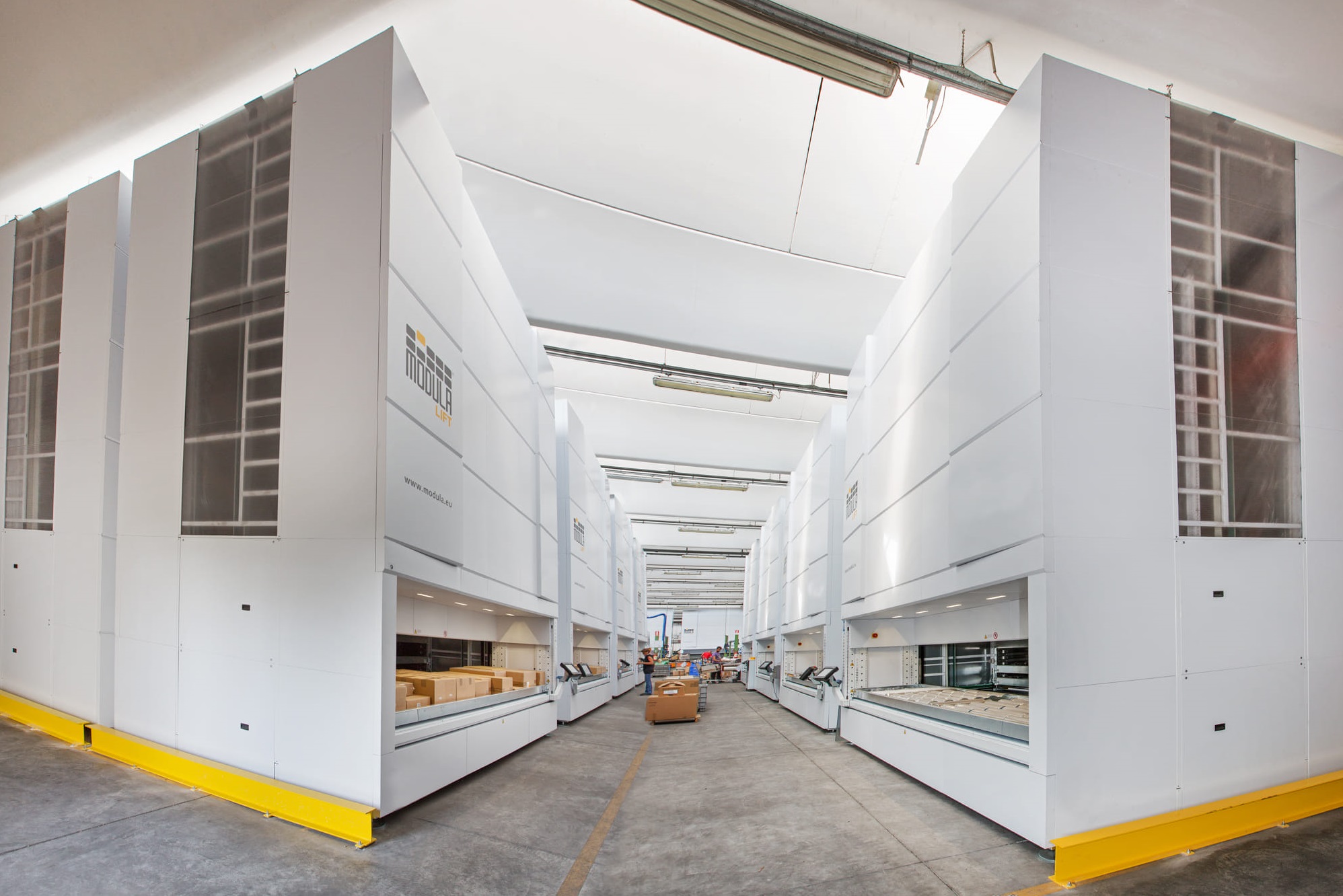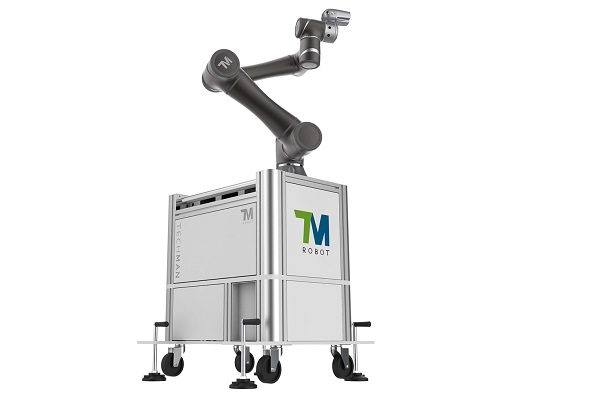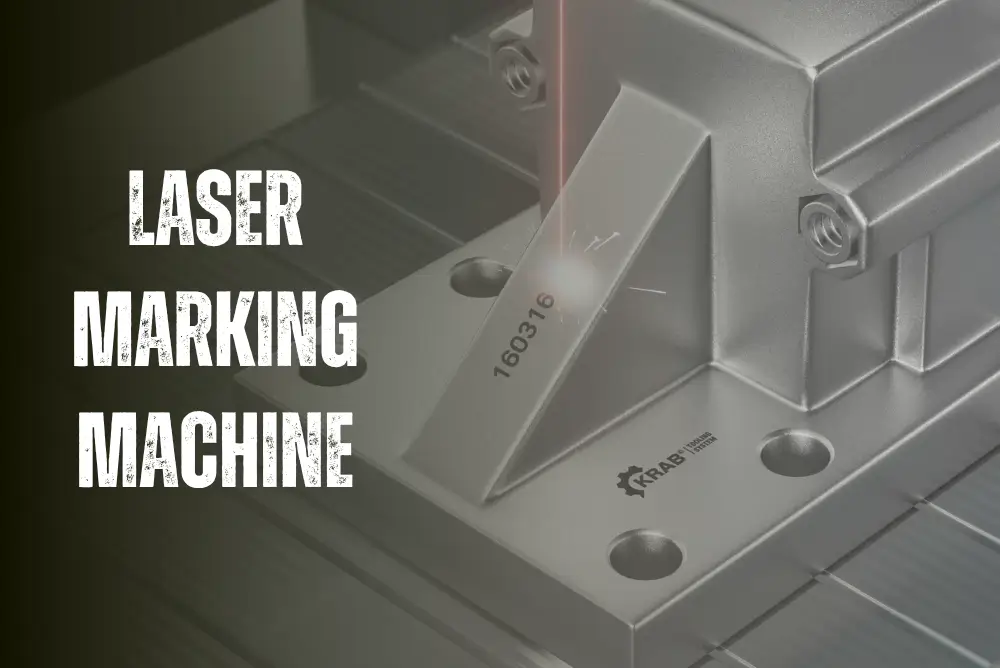 Contents
Contents
In modern manufacturing, where speed and precision determine productivity, factories worldwide continuously seek technological breakthroughs to overcome the limits of conventional industrial robots.
For Epson, the answer to the performance equation of speed + payload + accuracy lies in GYROPLUS Technology – an innovation that redefines motion control and pushes the boundaries of robotic performance.
Solution: High-speed transfer by SCARA robot "GX4" equipped with GYROPLUS Technology
The Three Pillars of Robot Performance
In industries such as automotive, packaging, life sciences, and electronics, industrial robots have become the core of modern production. Yet, engineers still face a persistent challenge: how to achieve high speed, heavy payload, and precision all at once — without compromise.
When increasing speed and acceleration to shorten cycle time, the robot arm tends to oscillate, extending its settling time. Conversely, to maintain accuracy, users must reduce speed or payload. These physical trade-offs have long prevented robots from reaching their full potential in real-world performance.
Causes of Vibration and the Limits of Conventional Robots
Industrial robots typically estimate end-arm motion based on feedback from motor encoders. However, since the robot arm is not perfectly rigid, it always experiences a certain degree of deflection under high-speed or heavy-load operation.
As a result, the actual position of the end-effector deviates from the encoder’s reading, causing control commands to lose accuracy.
A common solution is to increase mechanical rigidity by using larger materials or reinforced structures. Yet this leads to heavier weight, larger footprint, higher energy consumption, and increased production cost.
The result is improved stiffness, but at the expense of efficiency, cost, and installation complexity.
Traditionally, the speed–payload–accuracy trilemma has been difficult to balance — until now. With Epson’s GYROPLUS Technology, this trade-off has been overcome.
Vibration-Reduction Technology for Epson Robots
Built upon Epson’s decades of experience in quartz crystal sensor technology, GYROPLUS integrates an ultra-compact gyroscopic sensor directly into the robot’s end-arm — precisely where vibration occurs.
While conventional gyro sensors are roughly the size of a thumb, the sensor used in GYROPLUS is as small as a pencil tip and weighs only 1/100 of traditional designs, yet still delivers exceptional performance.
This sensor features a Double-T quartz vibration structure, combining proprietary quartz material with MEMS (Micro Electro Mechanical Systems) technology to achieve a high signal-to-noise ratio, excellent vibration resistance, and superior durability.
By detecting both rotational and vertical vibrations in real time, the sensor continuously transmits feedback to the central controller, enabling more precise motion correction.
How GYROPLUS Optimizes Robot Motion
In conventional robots, motion is calculated based solely on motor angular velocity feedback. However, mechanical play, friction, payload variation, cabling, and end-effector mass all introduce discrepancies between the motor data and the arm’s actual movement.
With GYROPLUS Technology, motion feedback is measured directly at the end of the robot arm, providing real-world data instead of theoretical motor readings. This allows the controller to instantly compensate for deviations, dramatically reducing vibration.
The result: Epson robots move faster, more precisely, and handle heavier payloads, all while maintaining a compact body compared to conventional robots without GYROPLUS.
A Comprehensive Solution for Performance Enhancement
By implementing GYROPLUS, Epson has successfully balanced speed, payload, and accuracy, enabling robots to perform more efficiently in demanding manufacturing environments.
Applications once considered beyond the reach of SCARA or 6-axis robots — such as high-speed assembly of micro-components or precision manipulation in electronics manufacturing — are now well within capability.
Instead of relying on bulky, expensive Cartesian or gantry systems, users can achieve equal or superior performance with Epson SCARA or 6-axis robots integrated with GYROPLUS Technology.
Key Benefits
GYROPLUS is not just an enhancement in sensor design — it’s a complete leap forward in motion control capability:
- Higher accuracy: Proprietary quartz sensor design and exclusive control algorithms eliminate micro-vibrations that conventional systems cannot detect.
- Greater efficiency: Real-time feedback minimizes settling time between motions, significantly shortening cycle time and boosting overall productivity.
- Compact design: By reducing vibration effectively, robots can maintain high performance without requiring larger or more rigid structures.
Epson’s GYROPLUS Technology marks a major milestone in industrial robotics, where performance is no longer constrained by traditional trade-offs.
Through the integration of quartz crystal sensors, advanced MEMS engineering, and Epson’s proprietary control algorithms, a new generation of industrial robots has emerged — achieving optimal speed, payload, and accuracy simultaneously.
If you are an engineer, machine builder, or manufacturer seeking high-precision robotic solutions, contact Temas – the official distributor of Epson in Vietnam. Temas not only provides the full range of Epson industrial robots but also offers comprehensive automation solutions tailored to your specific production needs.


 Read more
Read more



